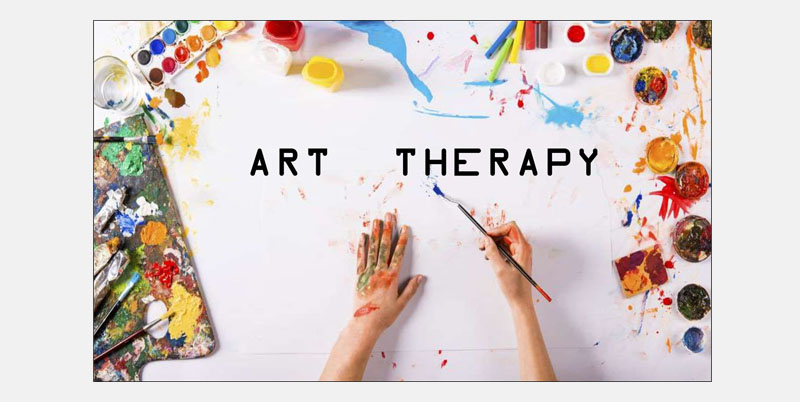Art Therapy: Designing Treatments for Mental Health
The value of art therapy as a stress-relieving creative outlet has long been understood by artists. For centuries, people have engaged in all types of art, from painting and sculpting to music and dance, as a form of self-expression and release. In the 1940s, a British artist named Adrian Hill acknowledged the therapeutic value of painting while he was recovering from tuberculosis. Realizing that the act of creating art engaged in the mind and body in positive ways, he coined the term “art therapy,” and from that point on researchers has been studying the effects of art in healing professions.
What is Art Therapy?
Art therapy employs the use of artistic media in a therapeutic environment to help individuals to overcome the symptoms of their specific disorder. While art therapy usually refers to the act of creating art, which has been shown to provide therapeutic benefits, in the mental health arena art therapy may also be used as a diagnostic tool.
What Does Art Therapy Include?
Adult coloring books have recently gained in popularity, demonstrating a trend towards utilizing the creation of art as part of a self-help plan. The act of coloring is relaxing; after a day of thinking in complex ways at work or dealing with stressful family situations, it’s very soothing to grab a colored pencil or marker and watch a creation appear on the page. While there is some value in individuals creating art on their own as a form of self-therapy, the greatest gains are made by engaging with a licensed art therapist as part of a comprehensive treatment plan.
How Does Art Therapy Work?
The act of creating art has been associated with happiness for centuries. People find joy in the act of creating something beautiful or meaningful from raw materials. Happiness is also gained in the process of acquiring a new skill or improving an existing one. A study out of the University of London shows that viewing art causes an increase in dopamine and stimulation of the brain’s frontal cortex, resulting in positive feelings similar to those experienced from romantic love.
What Are the Benefits of Art Therapy?
When used as a complement to traditional behavioral therapy, art therapy has been shown to have positive effects for patients experiencing several other artistic projects are issues. Creating art can help with self-discovery, bringing to light important issues that may have been buried in the subconscious. Engaging in art therapy can help improve self-esteem, by increasing aptitude in a specific skill and creating a feeling of accomplishment. Stress, depression, and anxiety can be very damaging both emotionally and physically. Perhaps the greatest therapeutic benefit of art is the release, providing a mental and physical retreat while exercising the creative muscles that are innate in all humans. Art therapy provides a healthy outlet for self-expression, particularly for those who are not comfortable or not able to express themselves verbally.
Who Should Engage in Art Therapy?
Art therapy has been shown to benefit patients dealing with stress, depression, anxiety and a host of other mental health issues. People dealing with trauma, illness, and loss may also benefit from the therapeutic effects of art therapy.
